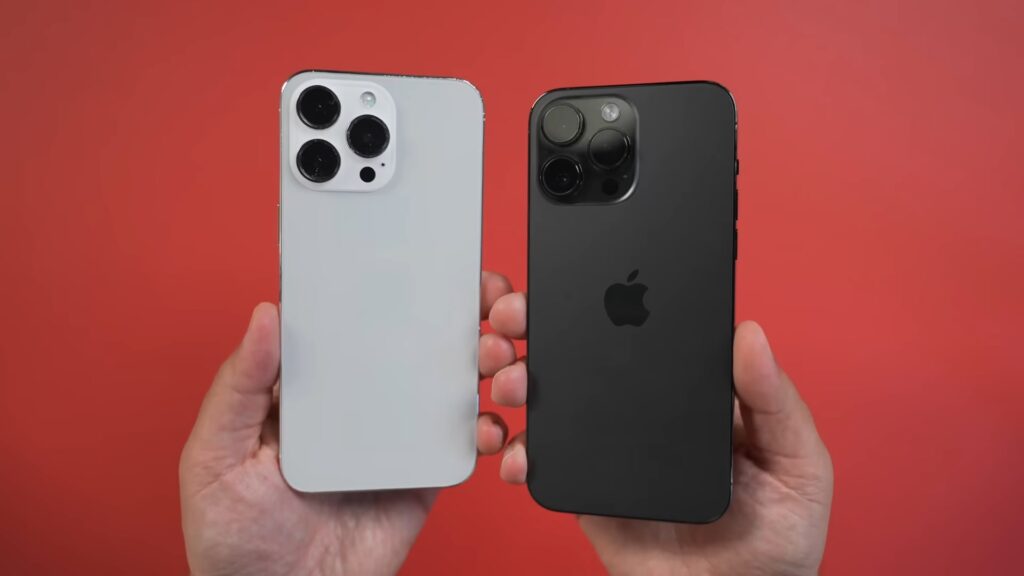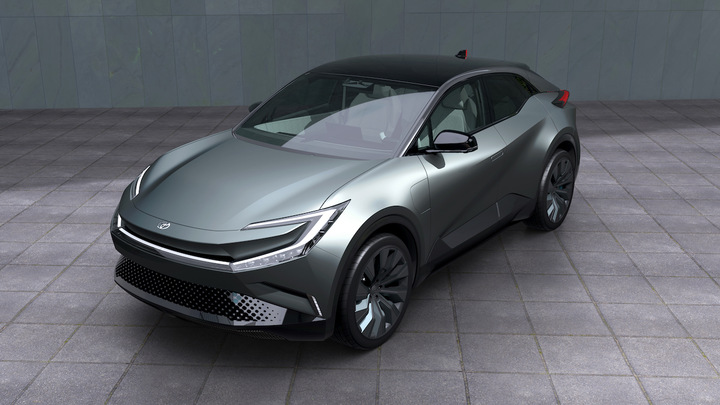TikTok COO Pappas quits after five years in the role
TikTok’s Chief Operating Officer (COO), V Pappas, is leaving the popular social media platform after almost five years with the company. In a note to employees and on Twitter, Pappas, who uses she/her and they/them pronouns, mentioned that now that TikTok has achieved significant success, she feels it’s the right time to pursue her entrepreneurial passions. TikTok CEO Chew Shou Zi announced that Pappas will continue to serve as a strategic adviser.

Chew expressed gratitude for Pappas’ contributions, acknowledging her instrumental role in growing the business, promoting the company, enhancing product offerings and marketing campaigns, and fostering a positive community of creators and users.
Chew wrote, “I want to take this opportunity to thank V for their many contributions over the years. Throughout their time at TikTok, they have been instrumental in growing the business, advocating for the company, elevating our product offerings and marketing campaigns, and fostering a positive community of creators and users.
They have had a significant and lasting impact and we are truly grateful for their tireless efforts.” US lawmakers grill TikTok CEO on App’s alleged ties to Chinese Communist Party.
Also Read: Intel spends $33 billion in Germany in landmark expansion
Pappas initially joined TikTok in 2018 as the general manager and later became the interim head in 2020 when the previous CEO departed. She assumed the COO position the following year and has been a vocal advocate for the company, testifying before the US Senate committee on social media’s impact on homeland security.
TikTok has faced scrutiny over its Chinese origins, with concerns raised about user data sharing with the Chinese government and the dissemination of propaganda and misinformation.
The company is currently in negotiations with the Biden administration regarding its data privacy plans. TikTok maintains that it has never been asked by the Chinese government to share US user data and that it would refuse such a request if made.
In 2020, the Trump administration in the United States issued executive orders that sought to ban TikTok, citing national security concerns related to data privacy.
However, these bans were later blocked by court rulings, and negotiations between TikTok and various US companies, including Oracle and Walmart, resulted in the formation of a new entity called TikTok Global. This partnership was intended to address the concerns raised by the US government.
Since then, TikTok has taken steps to address data privacy and security concerns. They have established transparency centers, expanded their content moderation policies, and emphasized their commitment to safeguarding user data. TikTok’s data is stored in the United States, with backup copies in Singapore.
In addition to Pappas’ departure, TikTok CEO Chew announced an organizational shake-up. Zenia Mucha, a former communications executive at Disney, will join TikTok as the Chief Brand and Communications Officer, overseeing marketing and public relations. Adam Presser, currently the chief of staff, will take on the role of head of operations.

I am a law graduate from NLU Lucknow. I have a flair for creative writing and hence in my free time work as a freelance content writer.





